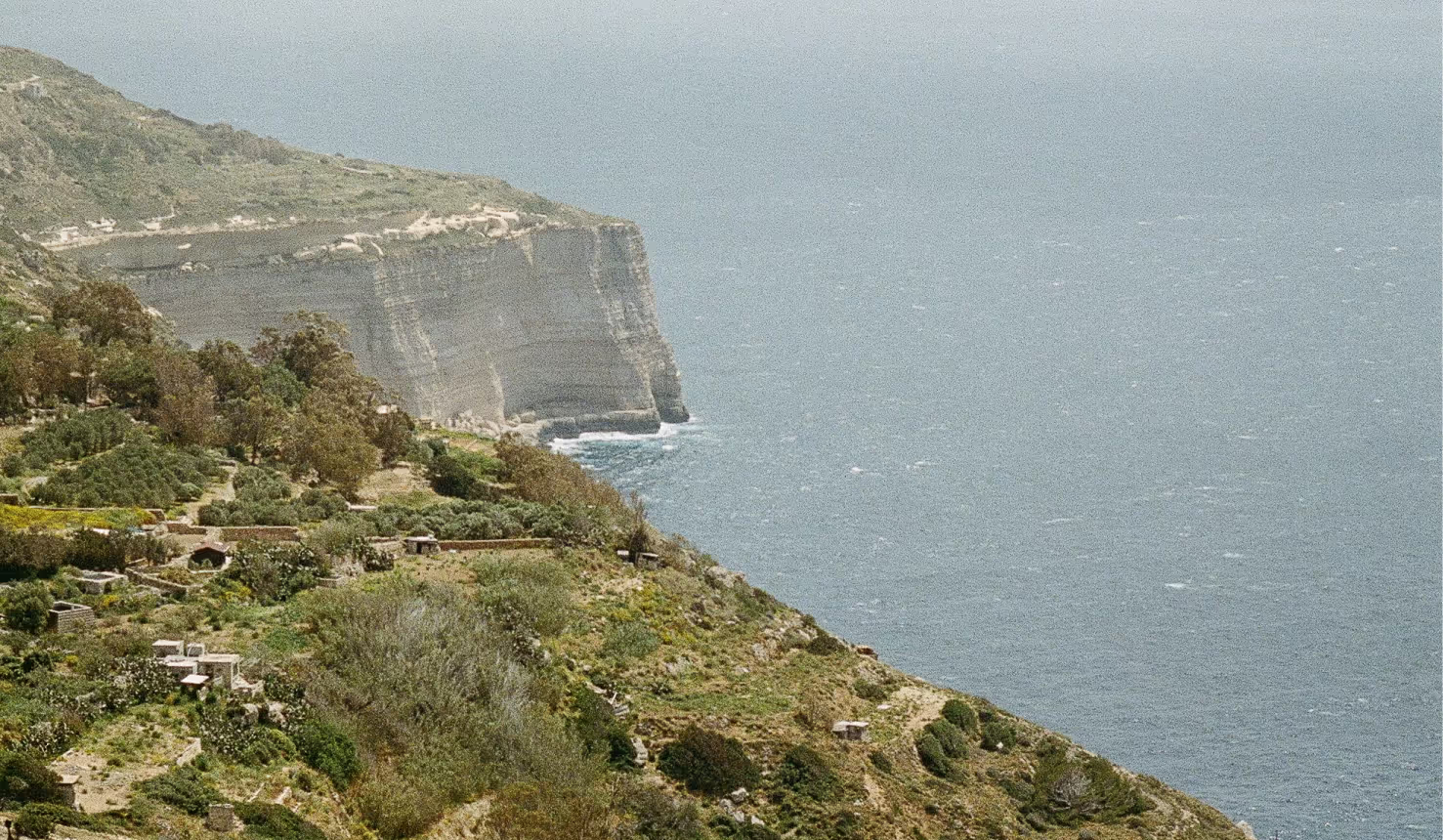What are Carbon Sinks?

Join the community





To balance Earth’s carbon, carbon sinks absorb carbon from the atmosphere. Carbon sinks (like the ocean, forests, and wetlands) existed long before us, but they’re struggling to keep up with the amount of carbon that humans are digging up (in the form of fossil fuels) and emitting in the form of carbon emissions.
These sinks play a vital role in regulating the Earth's carbon cycle and mitigating the impacts of global warming. Getting to know the Earth’s carbon sinks can help us appreciate all the work they do to keep our environments healthy and what we can do for them in return.
Types of Carbon Sinks
- Forests: Forests, both tropical and temperate, are among the most significant carbon sinks. Trees absorb CO2 during photosynthesis and store it as biomass.
- Oceans: The world's oceans absorb a substantial amount of CO2, helping to regulate atmospheric carbon levels. However, this leads to ocean acidification, which poses its own set of challenges.
- Wetlands: Wetlands, including marshes and swamps, trap carbon in their soil. They prevent decaying plant matter from releasing CO2 into the atmosphere.
- Soils: Agricultural lands, grasslands, and peatlands store carbon in their soils. Proper land management can enhance carbon sequestration.
- Artificial Sinks: Technologies like direct air capture and carbon capture and storage (CCS) aim to artificially capture and store CO2 from industrial processes.
The Crucial Role of Cabron Sinks
Many carbon sink habitats, like forests and wetlands, also harbor rich biodiversity. Protecting these areas supports both carbon sequestration and the preservation of ecosystems. Managing and restoring existing carbon sinks contributes to sustainable development by creating resilient ecosystems and supporting local livelihoods. One way we can ensure the protection of these vital spaces is through climate regulation.
Without regulation, we’ll continue to face the destruction of carbon sinks through deforestation, ocean acidification, and the destruction of carbon-rich environments like peatlands.
Carbon sinks are a critical tool in the fight against climate change. By naturally or artificially absorbing more carbon dioxide than they emit, these ecosystems and technologies help us tackle the daunting challenge of reducing atmospheric CO2 levels. To secure a sustainable future, it's imperative that we safeguard existing carbon sinks, restore degraded ones, and continue developing innovative solutions to enhance carbon sequestration.










